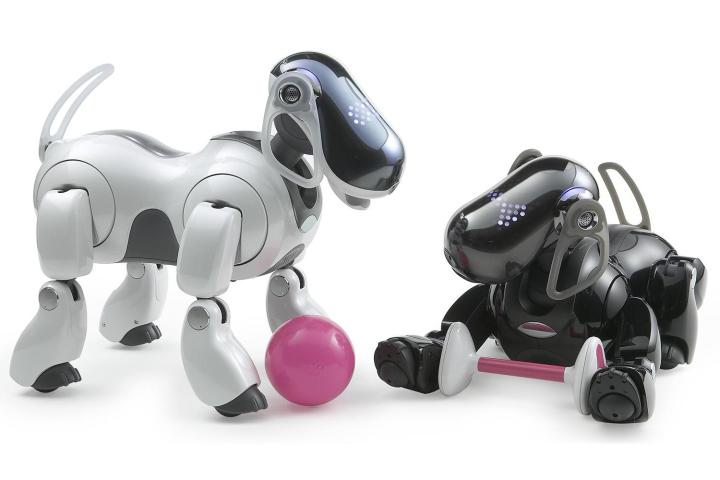
These dogs, which were originally sold for $2,000, eventually became quite advanced, with the last model of the canine capable of expressing 60 emotions. With the ability to move, bark, and obey simple commands, these “dogs” provided some of their owners with much of the joy of having a companion animal without any of the nuisance or stress of a warm-blooded one. After all, programming a robot to pee on the carpet just wouldn’t have been a good business move.
But now, 16 years after they first appeared on the market, these Aibo dogs are a dying breed, and with Sony no longer able to obtain the parts necessary to make periodic repairs, the only way to keep some of these dogs alive is to cannibalize the others for their parts.
It’s an interesting and rather perplexing problem that may lead to a deeper examination of how machine “life” is maintained. With the continued development of robots and the proliferation of artificially intelligent but not-quite-sentient “beings,” we often seem to be flirting with creating immortality. But death comes in a different form for a robot than it does for our species, and the Aibo dog is just one example of how this eventual demise may eventually come about.
A New York Times video documents the heartrending process of acceptance the last owners of these dogs must face as they grapple with the surprising mortality of their pets. This little life is rounded with a sleep, even for robot dogs.
Editors' Recommendations
- Sony’s new ultra-wide full-frame lens is the first of its kind
- Trifo’s new Max is an A.I. robot vacuum and guard dog in one


